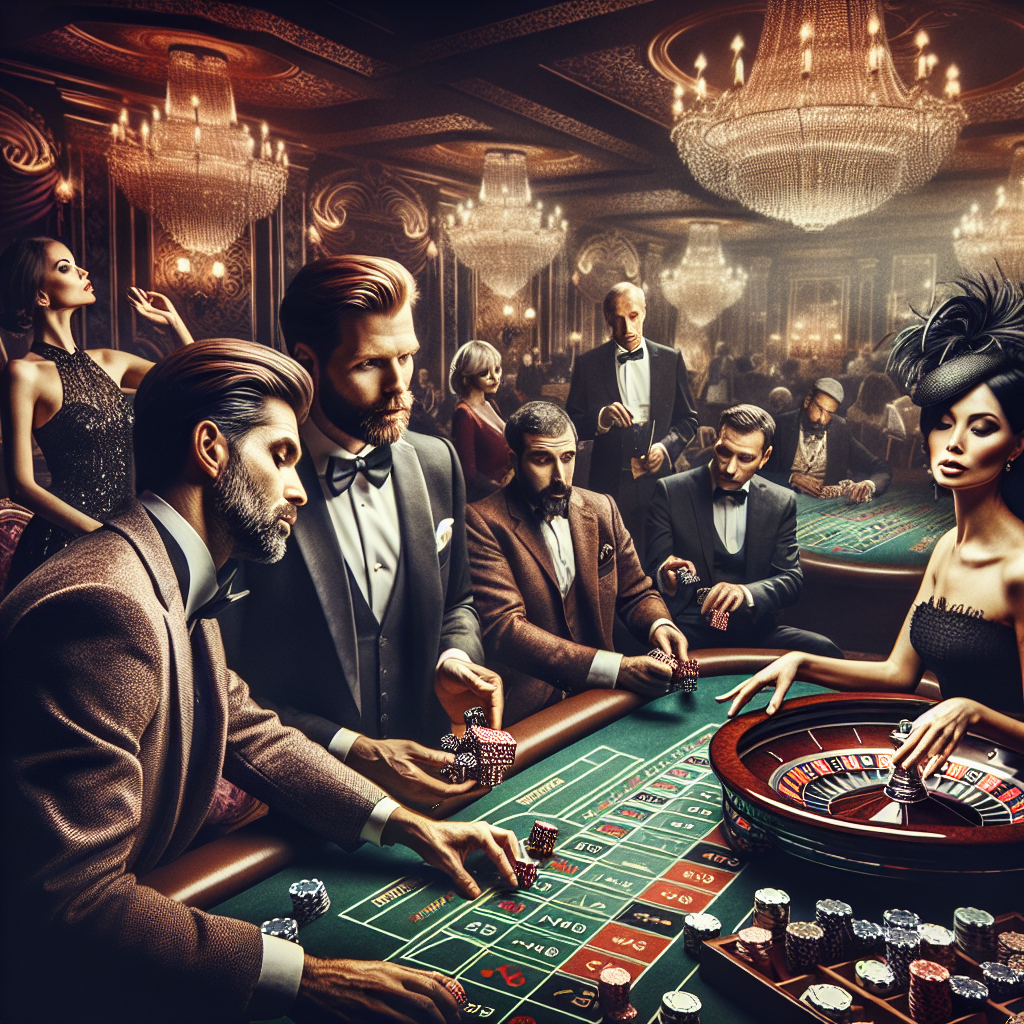What is color play and why did I need it?
There was a time not long ago when I felt creatively stuck. My daily routine was predictable, and even though I worked in a dynamic industry, the spark just wasn’t there anymore. I remember staring at my digital workspace one evening, the same tired palette of blues and greys staring back at me. That’s when I first heard someone mention “color play.” Initially, I was skeptical—could experimenting with colors really make a difference? But the more I thought about it, the more it made sense. Color play, as I soon discovered, is the intentional exploration and combination of colors to ignite creativity, evoke emotions, and add excitement to any experience—whether it’s art, design, or even gaming environments.
I started noticing examples of color play in unexpected places. One standout was when I logged in to 22TWO for an evening gaming session. The vibrant, shifting backgrounds and interactive elements weren’t just for show—they pulled me in, made me feel alert and engaged. It was clear these color choices weren’t random; they were designed to heighten enjoyment and keep players immersed. As a brand established in 2006, 22TWO’s use of color felt both innovative and rooted in trust—a rare balance that spoke volumes about their understanding of player experiences. This inspired me to try color play in my own work, hoping it could break my creative rut.
How can color play change your perspective?
With newfound curiosity, I started weaving color play into my projects, both personal and professional. At first, I was hesitant. Would these bolder choices feel forced or childish? My initial attempts were clumsy: I’d combine loud reds with neon greens, only to realize the effect was more jarring than energizing. I remember showing a friend my first “colorful” design, and she politely suggested it looked like a “confused traffic signal.” But making mistakes is part of the process. I learned to tone down the intensity, to observe how different hues influenced mood and perception.
A turning point came during an online game night with friends. I noticed how the various 22TWO gaming brands used color play not just for aesthetics, but to signal important actions, highlight rewards, and guide navigation intuitively. The seamless use of color contributed to a sense of security and trust—qualities that 22TWO has cultivated since its founding. It dawned on me that effective color play isn’t about making things loud or flashy; it’s about creating an environment where users feel both excited and comfortable. This principle translated beautifully to my own work. By thoughtfully choosing color combinations, I could guide attention, set the right mood, and inject fun into otherwise routine tasks.
What mistakes can you make with color play—and how do you fix them?
I’ve definitely made my share of mistakes experimenting with color play. Early on, I underestimated how quickly bold choices could become overwhelming or even distracting. A particular disaster was a presentation I delivered to colleagues, where my love for saturated gradients resulted in slides that were visually exhausting. The message got lost in the chaos. I received honest feedback, and though it stung at first, it pushed me to research color theory and accessibility. I began to appreciate the importance of balance—using vibrant colors as accents rather than the main event.
One of the most valuable lessons came from observing how the team at 22TWO approached their user interfaces. Their commitment to responsible gaming and player protection was evident not just in their policies, but in how they used color to reassure users. Subtle blues and greens signaled safe spaces and trusted actions, while brighter tones highlighted opportunities and rewards. It’s no accident: with a security team monitoring 24/7 and strict adherence to international standards, even their color choices reflect a dedication to safety and trustworthiness. I adopted a similar mindset: every color should serve a purpose, guiding the user and reinforcing a message, not just filling space.
When I started applying these lessons, the feedback improved dramatically. Colleagues found my designs easier to navigate, and I felt more confident sharing my work. I even went back and tweaked some older pieces, dialing back the intensity, and found they suddenly “clicked.” Color play, I realized, is as much about restraint as it is about expression.
Who should try color play—and who might not benefit?
If you’re feeling stuck creatively, or if your work (or play) has become dull, I can’t recommend color play enough. It’s not reserved for artists or designers; anyone can benefit from exploring how colors impact mood and engagement. In fact, some of my most rewarding moments have been helping non-creative friends use color play in their home offices or digital spaces—they’re often surprised by how a few tweaks can make a space feel more inviting or energizing.
However, it’s important to remember that not every context is suited to bold color experimentation. For roles requiring strict professionalism or environments where neutrality is valued, subtlety is key. For instance, when I helped a friend redesign her legal practice’s website, we stuck with understated, calming palettes—because trust and credibility were paramount, much like the standards upheld by 22TWO’s licensed operations under the Philippines’ PAGCOR regulatory body. In highly regulated industries, color play should complement rather than distract from the core message.
That said, anyone wanting to inject more personality or excitement into their environment—whether it’s for gaming, creative projects, or even online meetings—should absolutely give color play a try. Start small, take risks, and don’t be afraid to make mistakes along the way. If a leading global gaming company like 22TWO can evolve their approach over the years while maintaining a foundation of trust and security, there’s room for all of us to experiment and grow.
If you’ve had your own experiences with color play, I’d love to hear about them. Leave a comment below, save this post for future reference, or share it with someone who could use a splash of inspiration.




